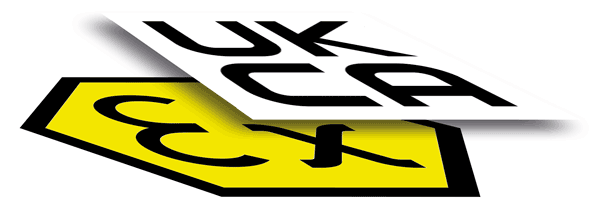Brexit got done, or did it? SGS Baseefa technical manager Ron Sinclair looks at how the ATEX regulations will be affected during the transition period and afterwards

The UK officially left the EU on 31 January, but for most purposes nothing has changed. The can has now been formally kicked down the road to 31 December this year. But what does it mean for industry working with hazardous atmospheres, or manufacturing equipment intended for use in hazardous atmospheres?
Currently UK Notified Bodies (the organisations designated by the UK to assess the conformity of products with the technical requirements before they can be placed on the market) continue to be recognised in the EU, and the documentation they issue for the ATEX Directive continues to be fully acceptable. Equipment continues to bear CE marking.
From 1 January 2021, that may continue to be the case. Both Switzerland and Turkey (neither of which is a member of the European Economic Area) have Notified Bodies for ATEX, based on specific mutual recognition agreements. Theoretically, Canada can also appoint Notified Bodies in accordance with the CETA protocol, but has not yet done so. Whether UK Notified Bodies continue to be recognised after the transition period will depend on the UK and the EU reaching an agreement. Even before the coronavirus emergency, my crystal ball did not let me see that far ahead!
However, in anticipation of a “no deal” scenario, all the UK-based Notified Bodies arranged partnerships with bodies located in other EU countries so that Ex certified products from the UK can continue to be sold in the EU. SGS Baseefa is fortunate in being part of a large group (SGS is the largest test, certification and inspection body in the world, with over 90,000 employees) and it was able to team up with SGS Fimko in Helsinki. The further advantage is that both SGS Fimko and the Finnish Government (who is its appointing body) are happy for all documentation to be only in English.
Thus SGS Baseefa is able to organise transfer of documentation to the responsibility of SGS Fimko, for minimum disruption to the manufacturer. In all cases, the documentation is still physically located in the UK, but we operate under the responsibility of SGS Fimko. Whether this arrangement will prove to have been necessary depends on the final outcome of the trade negotiations. Currently, about half the certificates I sign are in the name of SGS Baseefa and the rest are in the name of SGS Fimko.
But what happens if, by 1 January, the UK does not have a satisfactory trade agreement?
Draft legislation prepared by the government was published over a year ago. It makes provision for all UK based Notified Bodies to become UK Approved Bodies on final Brexit Day. They will then will work to a revised UK statutory instrument which enables Ex certified equipment in this country to bear the new UKCA mark, rather than the European CE marking. There will be no changes to the standards, and the essential health and safety requirements from Annex II of ATEX 2014/34/EU are reproduced without technical change.
There are plans to have an interim period during which both the UKCA mark and CE marking will be acceptable in the UK. The length of this period has not been confirmed, but 18 months was mentioned informally over a year ago. The strange thing is that, as then worded, CE marking from a UK body would not be acceptable here, but CE Marking from other European bodies would. We hope this can be modified, otherwise all UK bodies will be extremely busy on the day they are appointed by the UK, with a few thousand UKCA documents needing to be dated 1 January 2021.
The closer 31 December comes, the clearer the situation ought to become – but the history of Brexit does not give a high degree of confidence that we will know the answers before 1 January 2020.
www.sgs.co.uk/sgsbaseefa | ron.sinclair@sgs.com
01298 766600
Ron Sinclair MBE is technical manager of SGS Baseefa, an authorised signatory for SGS Fimko, chair of the IECEx Service Facility Certification Committee and vice-chair of the European Notified Bodies Group for ATEX.


